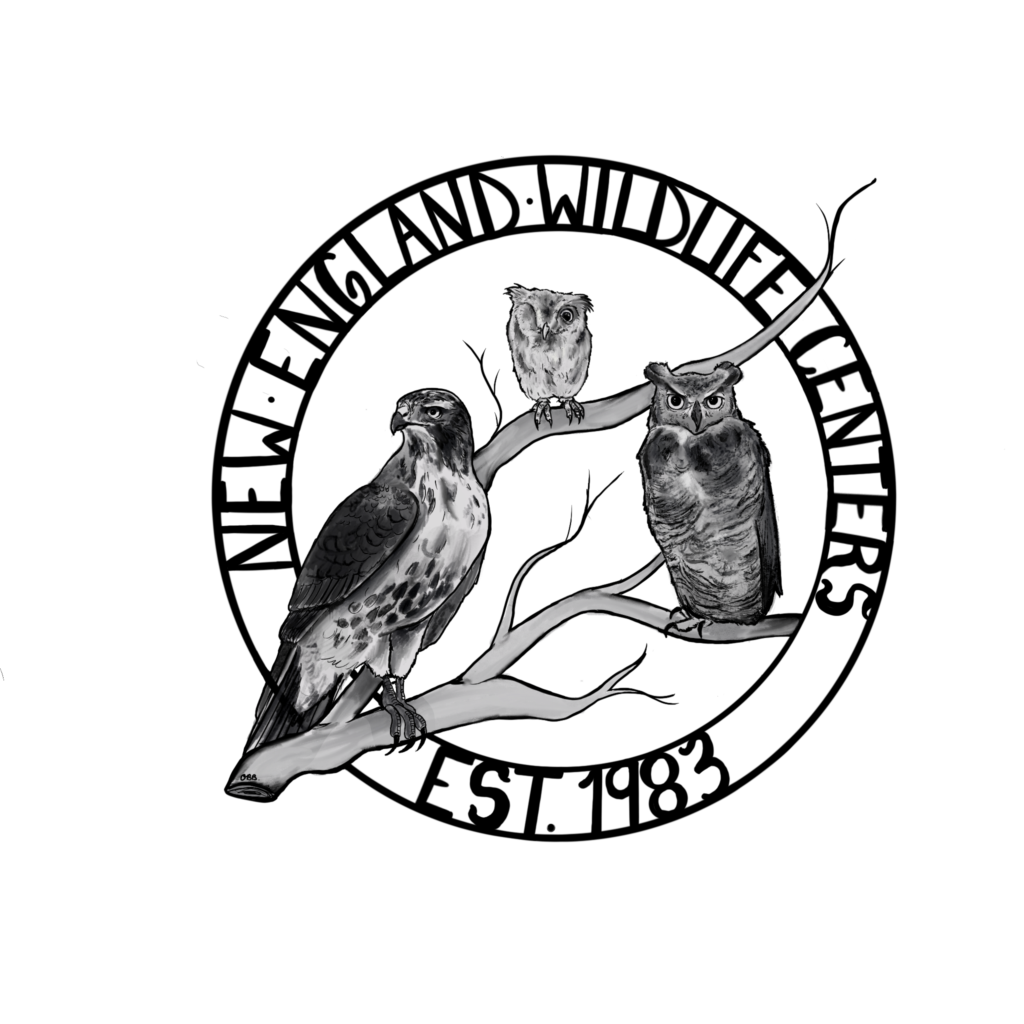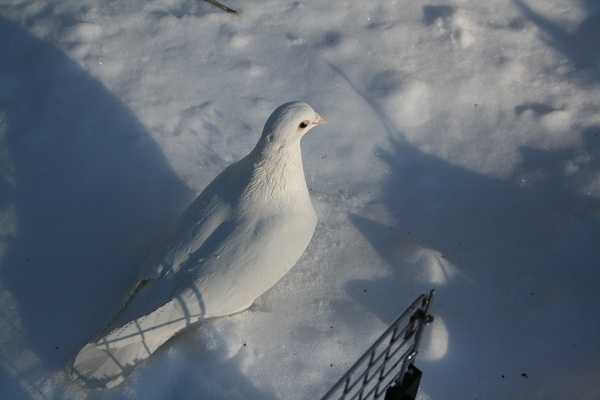So as I’m sure you’ve noticed it’s getting pretty cold out there. Trees have dropped their leaves, the air has gone from crisp to bitter, grandmothers all over New England are furiously knitting warm sweaters, and of course, the birds have started their annual trip south for the winter. Well, the smart ones did anyways. So what of the many species of birds that don’t make the long trip, how do these foolhardy fowl deal with the winter cold?
In reality there are over a hundred species of birds that spend the winter in New England and thanks to a number of biological accommodations they fair just fine. As long as there is a food source, these guys can handle the harshest winter conditions without so much as a scarf.
The first thing that our feathered friends have going for them is their internal thermometer. Birds tend to have a very high normothermia, meaning that their average body temperature is much higher than us humans, in some species it’s been recorded as being as warm as 110 F. This gives them a bit of a buffer against the cold being as they are that much further from the hypothermic tipping point. Interestingly, this process is why it is so important to fill your bird feeders with suit and seeds during the winter. Maintaining such a high internal temperature is very energy-intensive and because birds have such a high metabolic rate they burn through their energy stores very quickly and need to constantly eat to maintain themselves.
Their second line of winter defense comes in their ability to trap heat in their feathers. As anyone who has ever put on a down jacket knows feathers have a way of keeping you nice and toasty. Many species will actually go through a late autumn molt and grow a set of even denser winter feathers that give them a little extra heat capacity. The way that their feathers are structured allows them to trap small pockets of heat directly against the their body and when it’s really cold they will even hunker down and tuck their heads and feet in for maximum heat retention.
Thirdly, Bird feet. Have you ever looked closely at a bird from the legs down? It’s like staring at a dinosaur, but these scaly trotters play an important role in keeping birds warm. Birds don’t have the benefit of wearing wool socks so they are left to perch all winter on icy snow covered surfaces in their bare feet, but thankfully they have a few adaptations to keep them comfortable. Unlike humans, their feet release very little of their internal heat to the outside world. Their lack of sweat glands means that they secrete no moisture, which means no evaporative cooling. Additionally, their legs are very simple in structure; there are not a lot of mussels, nerves, and arteries present, it is mostly bone and ligaments, which don’t release a lot of heat. Some birds, such as ducks, actually have a heat return mechanism built right into their legs. It’s known as a counter-current heat exchange, and essentially it means that the arteries that are present in the legs are right next to each other. This allows the cold blood returning from the feet to be warmed by the hot blood exiting the torso, which cuts down on energy that would be expended to re-heat the incoming blood flow.
So, these birds that wait out the winter here aren’t in as bad a shape as one might think. Evolution has provided them with a number biological defenses against the cold and they have a few behavioral tricks up their sleeves as well. Many birds will huddle together for warmth or find unfrozen bodies of water to swim in, guaranteeing them an environment above the freezing mark. Whatever individual techniques they employ the hundreds of birds that wait out the winter survive just fine and are left to scoff at all the fair weather species that fly the coop every time it gets cold.


